No products in the cart.

From March 31 to April 3, 1978, President Jimmy Carter of the United States visited Nigeria. This visit was made by Carter to strengthen U.S. relations with African nations, discuss critical issues like African liberation movements, and promote U.S. interests on the continent.
Jimmy Carter was the first sitting U.S. president to visit Nigeria, underscoring the strategic importance of the country as a regional power in Africa. The president was hosted by the Nigerian military Head of State, Lieutenant-General Olusegun Obasanjo in Lagos, the then capital city of Nigeria.
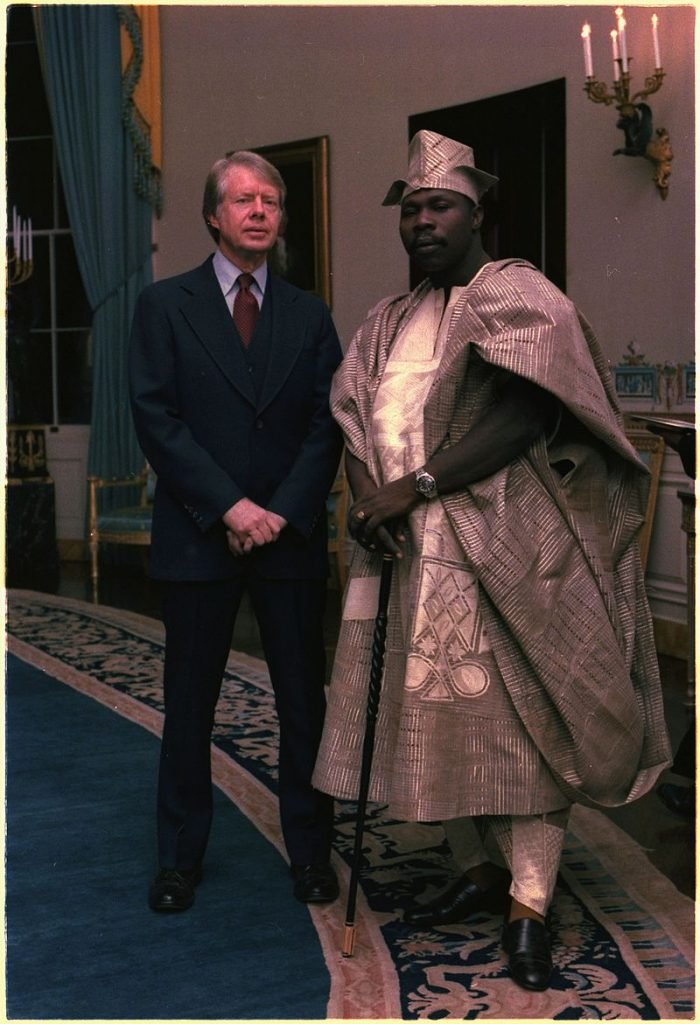
However, in October 1977, Obasanjo had visited Carter in Washington DC. Five months later, the U.S. president would return the favour.
Contents
Itinerary and Routine of Carter’s Visit to Nigeria
Obasanjo’s visit to the United States in 1977, was a diplomatic success reinforcing Nigeria’s leadership role in advocating for African unity and independence during a critical period in the continent’s history. His visit deepened Nigeria-U.S. relations and set the stage for President Jimmy Carter’s reciprocal visit to Nigeria the next year.
March 31, 1978 – Arrival in Lagos
Carter arrived in Lagos on March 31, 1978. He was warmly welcomed by General Olusegun Obasanjo along with other senior officials. An official reception ceremony was held, underlining the significance of this visit, which marked the first time a sitting U.S. president had visited Nigeria. Jimmy Carter’s arrival underscored Nigeria’s growing importance in U.S. foreign policy and its leadership role on the African continent.
April 1, 1978 – Official Discussions and Meetings
On the first day, April 1, Carter engaged in formal discussions with General Obasanjo. Their talks centred on several key issues, including:
- The decolonisation of Southern Africa, particularly in Rhodesia (now Zimbabwe), Namibia, and South Africa.
- Nigeria’s leadership in the anti-apartheid struggle.
- Expanding economic and diplomatic ties between the U.S. and Nigeria, and
- U.S. support for African liberation movements and human rights.
President Jimmy Carter also met with other high-ranking Nigerian officials to explore potential cooperation, particularly in the oil and energy sectors, given Nigeria’s significance as a major oil producer. In addition, the U.S. president delivered public speeches during the day, emphasising his administration’s commitment to human rights, democratic governance, and the principle of majority rule in Southern Africa, themes that aligned closely with Nigeria’s foreign policy objectives.
April 2, 1978 – Cultural and Public Events
On the second day, April 2, 1978, President Jimmy Carter attended various cultural events that showcased Nigeria’s rich artistic and cultural heritage, fostering greater understanding and goodwill between the two nations. The cultural diplomacy during this part of the visit highlighted the importance of people-to-people ties and mutual respect between the United States and Nigeria. Carter also visited several important landmarks in Lagos and participated in events that honoured Nigeria’s historical and political significance, as well as its growing influence in both African and international affairs.
April 3, 1978 – Departure from Nigeria
On April 3, 1978, the last day of the visit, a farewell ceremony was held. During the event, Carter reaffirmed the United States’ commitment to working with Nigeria on key regional and global issues. After completing his engagements, President Jimmy Carter departed Nigeria, bringing the historic visit to a close.
Themes and Focus of the Visit
Throughout his time in Nigeria, President Jimmy Carter’s visit was shaped by several key themes.
One of the central focuses of the visit was Carter’s commitment to supporting African liberation efforts, particularly the struggles for majority rule in Rhodesia (Zimbabwe) and South Africa. He and Obasanjo discussed their respective nations’ roles in advocating for decolonisation and self-determination for African nations. The U.S. president also highlighted his government’s opposition to apartheid in South Africa, though there was pressure on Carter to adopt tougher economic sanctions against the apartheid regime. While no formal economic agreements were reached, Carter’s visit opened discussions on strengthening economic cooperation between the two nations, particularly in oil and agriculture.
Obasanjo saw Carter’s visit as an opportunity to build a long-term, mutually beneficial relationship between Nigeria and the United States.
President Jimmy Carter placed a strong emphasis on his administration’s focus on human rights, which resonated with Nigeria’s own advocacy for African self-determination and anti-colonial efforts.
Although President Carter’s visit to Nigeria was brief, it had a lasting impact on U.S.-Nigeria relations. The trip reinforced Nigeria’s status as a leading nation in Africa and strengthened its diplomatic ties with the United States. The visit also marked a significant moment in U.S. foreign policy towards Africa, particularly in terms of supporting African liberation movements and promoting human rights across the continent.
Obasanjo’s Response
General Olusegun Obasanjo responded to President Jimmy Carter’s 1978 visit with a combination of warmth, diplomatic pragmatism, and cautious optimism. Obasanjo, a military leader with a strong commitment to Nigeria’s foreign policy goals in Africa, saw the visit as an important moment to strengthen Nigeria’s relationship with the United States and to advance key African issues, particularly the fight against apartheid and support for African liberation movements.
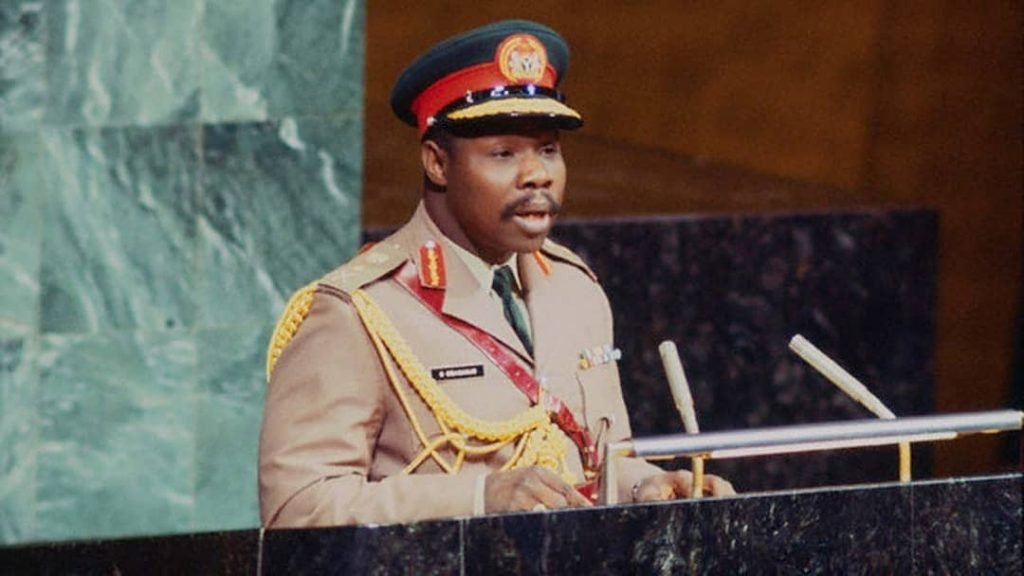
Obasanjo warmly welcomed President Carter, recognising the symbolic significance of the first visit by a sitting U.S. president to Nigeria. The visit reflected Nigeria’s growing influence in Africa and internationally, which Obasanjo capitalised on to project Nigeria as a leader in the continent’s struggle for political and economic independence.
During discussions with Jimmy Carter, Obasanjo pressed for stronger U.S. action against apartheid in South Africa and more robust support for African majority rule in Rhodesia and Namibia. Obasanjo made it clear that while Carter’s rhetoric on human rights was appreciated, Nigeria and other African nations expected the U.S. to take a firmer stance on these issues. He likely expressed disappointment at the limited U.S. sanctions against the apartheid regime, though he did not publicly criticize Carter.
General Olusegun Obasanjo viewed the visit as an opportunity to build a strategic partnership with the U.S., but he remained cautious about over-reliance on American support, given the U.S.’s complex interests in Africa, particularly during the Cold War. He understood that while Carter’s administration showed a greater interest in African affairs and human rights compared to previous U.S. administrations, American policies were often shaped by Cold War considerations. Thus, Obasanjo’s response was measured—he expressed optimism about strengthening ties with the U.S. but remained aware of the limitations of U.S. commitments to Africa.
In the matters of economic cooperation and non-aligned movement, Obasanjo welcomed U.S. interest in Nigeria’s oil sector but also sought American investment in agriculture, infrastructure, and industry. At the same time, the Nigerian head of state reinforced Nigeria’s role within the Non-Aligned Movement (NAM), which advocated for countries to remain independent of the Cold War rivalry between the U.S. and the Soviet Union. Obasanjo maintained Nigeria’s position of non-alignment, balancing relations with both Western and Eastern blocs while pursuing Nigeria’s own national and regional interests.
Obasanjo used Jimmy Carter’s visit to reaffirm Nigeria’s leadership role in Africa, especially through its involvement in the Organisation of African Unity (OAU) and its stance on African unity and self-determination. He likely stressed Nigeria’s commitment to supporting African nations in their struggles against colonialism and apartheid. His approach was consistent with Nigeria’s broader foreign policy, which focused on decolonisation, non-alignment, and the promotion of African unity and independence.
General Obasanjo cautiously praised Jimmy Carter’s human rights agenda, particularly Carter’s emphasis on supporting majority rule in Southern Africa and his administration’s rhetorical opposition to apartheid. However, Obasanjo, like other African leaders, recognised that U.S. action on apartheid was constrained by economic and geopolitical factors, including U.S. business interests in South Africa and the broader Cold War context. While he valued Carter’s support for African liberation movements, Obasanjo would have been aware of the limitations in translating this rhetoric into concrete action.
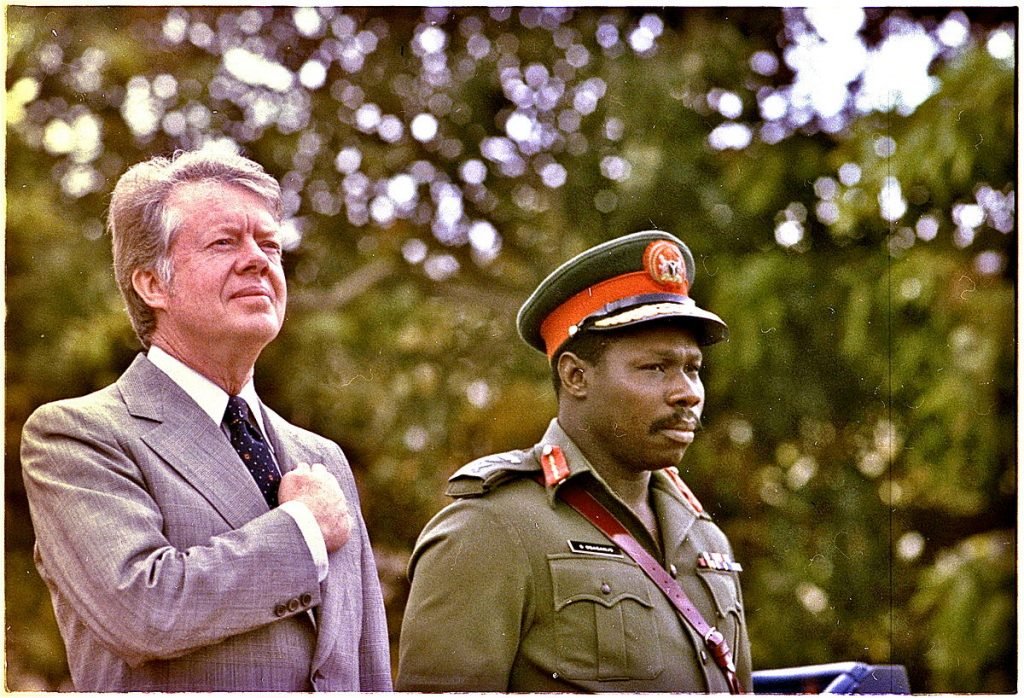
Obasanjo saw Carter’s visit as an opportunity to build a long-term, mutually beneficial relationship between Nigeria and the United States. He sought to leverage Nigeria’s importance as a regional power and an oil-rich nation to secure more favourable terms of trade and investment from the U.S. while also maintaining Nigeria’s independence in international affairs. However, the influence of Carter’s visit may have caused Obasanjo to hand over an American-styled presidential style of government to the Second Republic in 1979 instead of the parliamentary style of the First Republic.
Interestingly President Jimmy Carter would not be the last U.S. president to visit Nigeria. In August 2000, President Bill Clinton visited Nigeria, met with Obasanjo (who was this time, a civilian President) and addressed the National Assembly. Also, his successor, President George W. Bush visited Nigeria about three years later in July 2003. President Olusegun Obasanjo remains the only Nigerian Head of State to have hosted three sitting U.S. presidents in the nation’s history.
What happened to Carter after visiting Nigeria?
After leaving Lagos, President Jimmy Carter made a brief stopover in Monrovia and met with President William R. Tolbert, Jr. of Liberia. Later that year on September 17, 1978, Carter brokered the Camp David Accords – a pair of political agreements signed by Egyptian President Anwar Sadat and Israeli Prime Minister Menachem Begin following twelve days of secret negotiations.
It was Carter’s greatest diplomatic achievement, which led to a peace agreement between Egypt and Israel, ending decades of conflict between the two nations. Due to this agreement, Sadat and Begin shared the 1978 Nobel Peace Prize. Carter himself would receive a Nobel Peace Prize 24 years later in 2002 for his decades of untiring effort to find peaceful solutions to international conflicts, to advance democracy and human rights, and to promote economic and social development.
A major blow to Carter’s presidency came in 1979 with the Iran Hostage Crisis, in which 52 American diplomats and citizens were held hostage for 444 days after the Iranian Revolution. His administration’s inability to resolve the crisis significantly undermined his presidency and contributed to his defeat in the 1980 election by Ronald Reagan.
After leaving office, President Jimmy Carter embarked on an extraordinary post-presidential career, arguably achieving more lasting influence through his humanitarian and diplomatic efforts than during his time in office. In 1982, he founded the Carter Centre, an organisation dedicated to advancing human rights, promoting peace, and tackling issues such as disease eradication and election monitoring around the world. Carter has been widely recognised for his work in global health and conflict resolution, particularly through his efforts to combat diseases like Guinea worm disease and to support democratic elections in developing countries.
On October 1, 2024, President Jimmy Carter clocked the centenary age of 100 and is the longest-lived former U.S. president. Since President Gerald Ford died in 2006, he has been the earliest-serving living former president. In 2012, he overtook Herbert Hoover as the longest-retired president. Jimmy Carter became the first living president to celebrate both his inauguration and his post-presidential 40th anniversary in 2017 and 2021.
Carter, who was 92 years old at the time, was the oldest former president ever to attend a US presidential inauguration—that of President Donald Trump—in 2017. He surpassed George H. W. Bush, who passed away a few months earlier at 94 years, 171 days, to become the longest-lived US president on March 22, 2019. Carter stated in a 2019 interview that he never thought he would live as long as he had and that a good marriage was the best explanation for his longevity.
Jimmy Carter got married to Rosalynn Smith on July 7, 1946. On October 19, 2019, the Carters became the longest-wed presidential couple, overtaking George and Barbara Bush. On July 7, 2023, the couple celebrated their 77th wedding anniversary.
The long marriage ended with the death of the former First Lady Rosalynn Carter on November 19, 2023. She was 96.
Please stay connected with us through our social media handles and make sure you are subscribed to our YouTube Channel. Together, let’s keep the stories of Nigeria’s past alive.


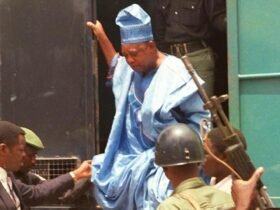
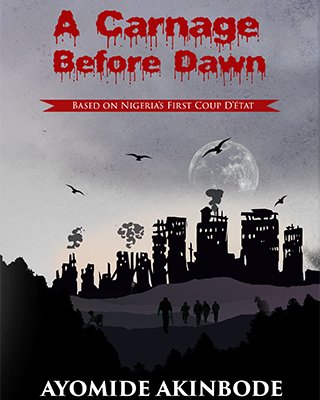

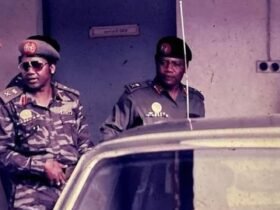

Leave a Reply
View Comments